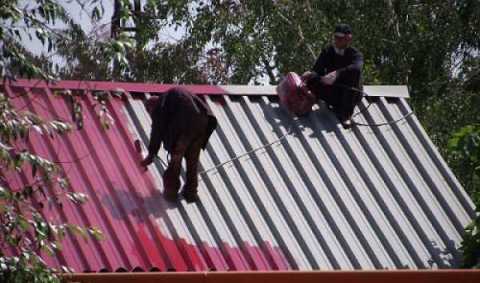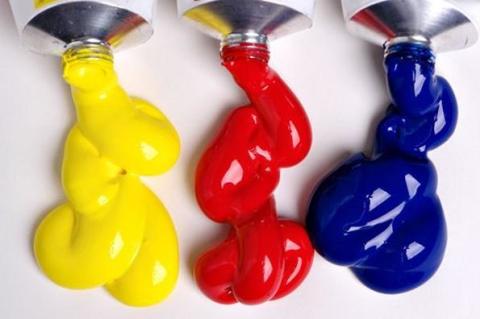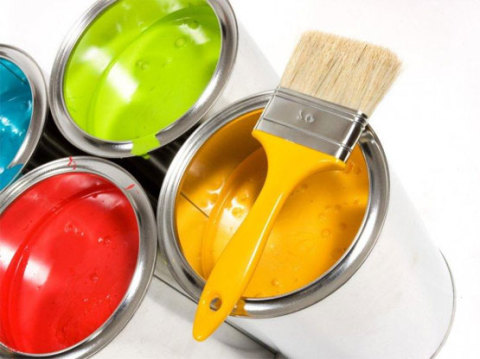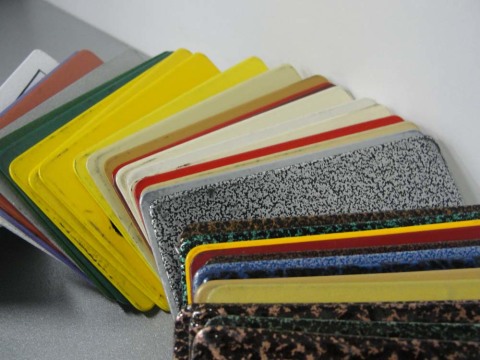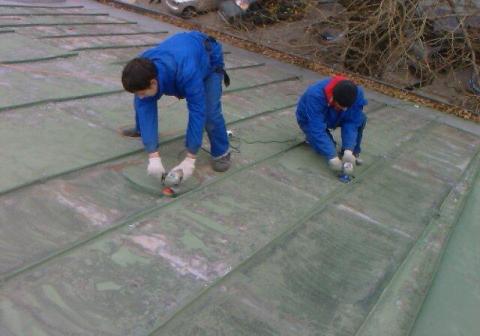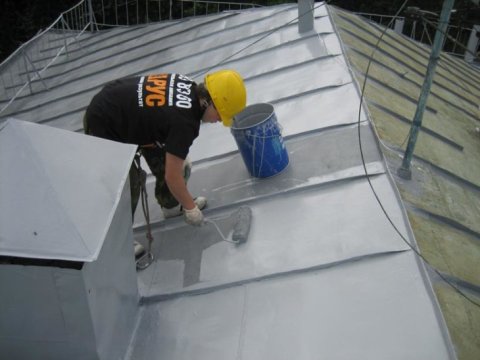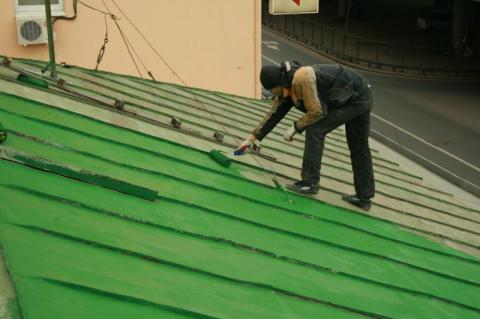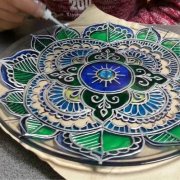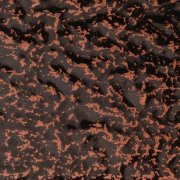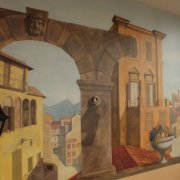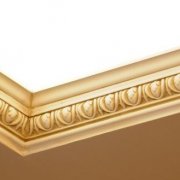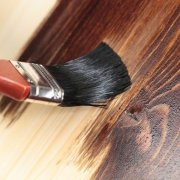How to paint galvanization and how to do it
The surface of steel products is often coated with zinc. Galvanized coating protects against damage. From the outside it may seem that steel products do not need additional protection.
No matter how strong and durable steel may seem at first glance, it needs a zinc coating. But zinc also tends to corrode. It manifests itself in the form of light plaque.
There is a gradual destruction of the galvanized layer. As a result, the steel surface is exposed and becomes vulnerable to an aggressive external environment (rain, snow, cold, etc.). What to paint galvanization and how to do it right we will talk today.
The content of the article
Choose a dye and apply
How to paint the galvanization must be decided initially. After all, not every dye is suitable for this coating. Galvanized products have a primitive standard color. To the roof and other galvanized elements fit the general interior of the house, they are painted in the desired color.
We can name the main purpose of the zinc coating of steel elements: protection against damage, improvement of the decor of the metal structure.
Features
When working with structures made of galvanized steel, the following must be taken into account:
- Galvanized surfaces cannot be coated with paints and varnishes containing chemical elements that destroy zinc (acid, alkali, solvent, anti-corrosion additives);
- Materials must have a high level of elasticity, this is due to the fact that steel, heating or cooling, is able to slightly change its shape. The coating with a low degree of elasticity begins to delaminate, crack and gradually peel off the steel surface;
- Galvanized coatings have a smooth surface, resulting in reduced adhesion to other materials. It is necessary to qualitatively prepare the surface and improve the adhesion of zinc to the paintwork;
- Products used in harsh aggressive environments must be treated with specialized compounds (refractory and electrically conductive coloring compounds for metal surfaces);
- It is recommended to select a material containing anti-corrosion elements, special additives that increase adhesion to steel.
Caution: The coloring material for galvanized surfaces must be resistant to environmental influences, have high elasticity, good adhesion, and should not adversely affect the properties of steel.
Choosing the type of coating
A variety of coloring agents can be applied to the steel surface.
To date, the most popular are:
| Due to their properties, such dyes create a film that does not pass water, protecting the steel surface from rain and snow. In addition, these paints have good adhesion to steel. They contain substances that can react with zinc and corrode it. Such dyes are undesirable; | |
| Such compounds protect the metal well. They have a wide selection of colors and have a long service life. Such paints for coating galvanized products are not suitable, since they include aggressive elements acting on a steel surface; | |
| They differ in their properties. Exist polymer, latex paints, primer enamels. The latter have proven themselves in practice. But they have a high cost. |
Attention: It is worth giving preference to acrylic soil enamels. They contain neutral substances that do not adversely affect steel.
The price of paint can be completely different. This will depend on the volume of the can and the manufacturer. But it is better to give preference to trusted manufacturers. If you do the work yourself, then the final price will not be high.
Zinc coating
In order to provide decent protection of steel from destruction, a thin zinc layer is applied to it. Zinc is able to enter into chemical reactions with air, liquid. As a result, galvanized products require additional protection with anti-corrosion compounds.
So:
- Before staining, galvanized sheets must lie for more than 1 year. This is due to the fact that over such a period of time, oxidation products will erode from zinc and a strong zinc patina will appear. During the year, a small roughness is formed on the surface, which will additionally hold the coloring elements in itself;
- Zinc sheets are lubricated with a special protective compound for safe transportation. Before staining, it is necessary to get rid of it with a solvent. Oil should be removed as thoroughly as possible, for this it is recommended to often change dirty tools;
- Dust that has accumulated on the treated surface is washed off with a weak solution of cleaning powder. The surface should dry completely;
- If the zinc sheet is not new and has traces of rust or past paint on it, it is necessary to get rid of them by applying sandpaper;
- To speed up the surface cleaning process, you can use gentle sandblasting instead of sandpaper. This procedure must be performed very carefully, since there is a significant risk of causing serious structural damage;
- So that the paint lays evenly and lasts longer, the sheet is initially primed;
- In order to save money, it is recommended to select a primer (seeWhy do we need a primer: technological nuances of finishing work) and paint in the same color range;
- An alkyd-type primer is undesirable because it contains a resin acting on zinc. When choosing such a soil, the coloring compositions will last relatively shortly;
- Give preference to specialized dyes designed to work with galvanized elements;
- After the soil has dried, apply the dye. This can be done with a brush or roller (seePaint rollers: consider in detail) If the area is large, then it is worth using a spray gun. Then the work will be done faster and the paint layer can be applied more evenly.
Today, the market is oversaturated with various paints and varnishes of both imported and domestic production. Compare their properties and select the appropriate option.
How to paint a galvanized pipe and other surfaces of this kind, you already know. If you watch the video in this article, then you will be able to understand other necessary moments of this work. The instruction will help you avoid mistakes and do everything right.
